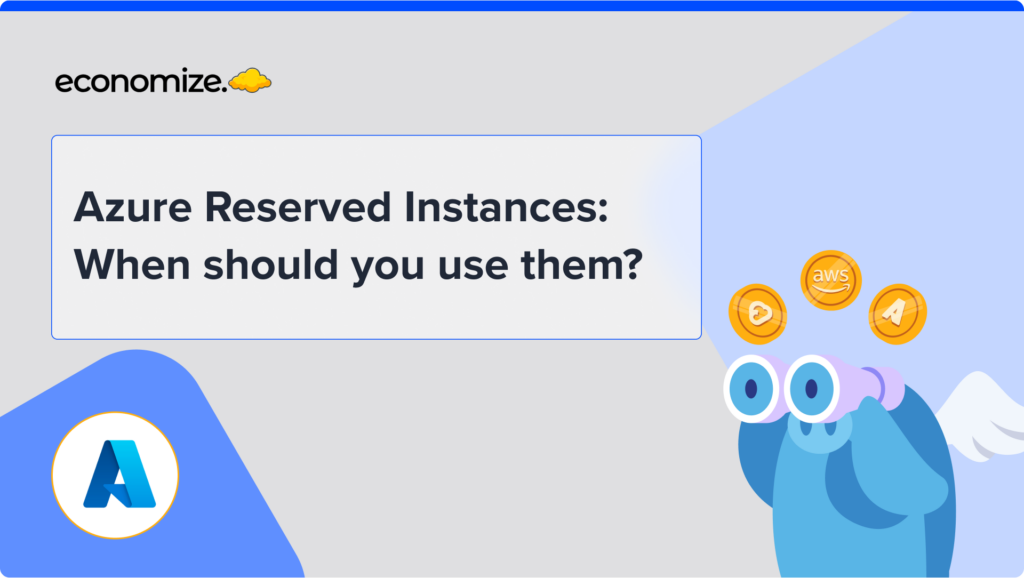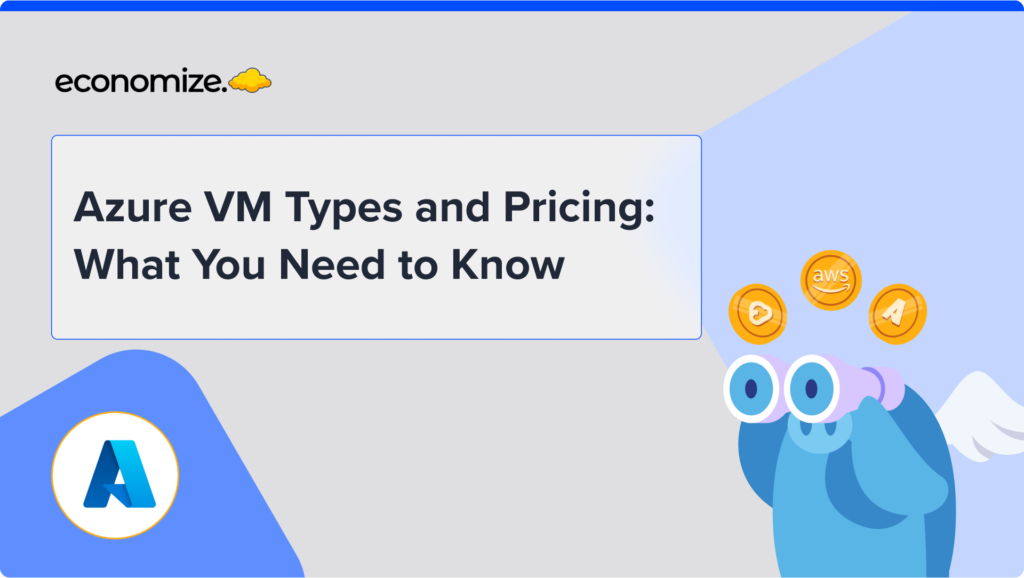GCP users, from seasoned cloud architects to beginner cloud engineers, often face the task of choosing between two powerful NoSQL databases: Cloud Datastore and Cloud Bigtable. While both are robust and capable in their rights, they serve distinct purposes and cater to different use cases.
This article is designed to highlight the key differences of Cloud Datastore vs Bigtable, comparing their features, pricing, and potential applications. Our goal is to provide a clear, comprehensive comparison that enables GCP users to make well-informed decisions and align their database choices with unique operational needs.
What is Cloud Datastore?
Cloud Datastore is a fully managed NoSQL database within GCP known for its high performance and automatic scaling capabilities. It’s tailored for applications that require the processing of structured data at a large scale. One of the key attributes of Cloud Datastore is its foundation on Google Bigtable, yet it’s important to understand that it offers distinct functionalities, making it more than just a layer over Bigtable.
How Does Cloud Datastore Work?
While Cloud Datastore is built on top of Google Bigtable, it vastly differs in its operational model and capabilities. The main distinction lies in how Cloud Datastore provides SQL-like ACID transactions on subsets of data, known as entity groups. This is quite unlike Bigtable, which is strictly NoSQL and offers weaker data manipulation guarantees.

Cloud Datastore’s model allows for atomic transactions, ensuring that complex, multi-step operations either succeed entirely or are rolled back, maintaining data integrity and consistency. This transactional integrity, combined with its automatic scalability and flexible querying options, sets Cloud Datastore apart as a versatile database solution.
Datastore Features
Cloud Datastore comes with a suite of features designed to provide robustness and flexibility. It executes atomic transactions, meaning a set of operations will either all succeed together or none will occur, ensuring data integrity. Here are the other differentiating features:
- High Read and Write Availability: Utilizes a highly redundant design, minimizing the impact of component failures.
- Automatic Scalability: Transparently manages scaling, catering to the demands of a growing application without manual intervention.
- High Performance: Optimizes a mix of indexes and query constraints, ensuring that query performance scales with the size of the result set, not the dataset.
- Flexible Storage and Querying: Supports a SQL-like query language and maps naturally to object-oriented scripting languages, offering versatility in data handling.
Datastore Use Cases
One of the flexible aspects of Cloud Datastore is its storage and querying capabilities. It supports a SQL-like query language and maps naturally to object-oriented programming languages, offering a convenient way to manage data. This flexibility extends to its use cases.
- For instance, Cloud Datastore is perfectly suited for applications that deal with transactional data, such as financial platforms or e-commerce sites.
- It’s also ideal for scalable web and mobile applications, gaming platforms that need efficient data management for user data and leaderboards, and content management systems where scalable, structured data storage is vital.
What is Cloud Bigtable?
Cloud Bigtable is a highly scalable, NoSQL, fully-managed database service from Google that is designed to handle large amounts of data with low-latency performance. It is built on Google’s file system (GFS), which provides strong consistency and durability guarantees for data stored in the system.
Cloud Bigtable is a part of the Google Cloud Platform and is available on-demand, meaning that customers can quickly and easily provision and deprovision the resources they need.
How Does Bigtable Work?
Cloud Bigtable operates on a sparsely populated table structure, capable of scaling to billions of rows and thousands of columns. This setup enables it to store terabytes or even petabytes of data. Each row in a Bigtable is indexed by a single row key, optimizing for high read and write throughput, ideal for MapReduce operations.
- At its core, Cloud Bigtable leverages several client libraries, including an extension to the Apache HBase library for Java, ensuring seamless integration with the Apache ecosystem.
It distinguishes itself with incredible scalability, straightforward administration, and the ability to resize clusters without downtime. This efficiency is achieved because Bigtable stores data in tablets (similar to HBase regions) on Colossus, Google’s file system, allowing quick rebalancing and recovery.
Cloud Bigtable Storage Model
The Bigtable storage model is a key/value map with each table comprising rows and columns, where each row/column intersection can contain multiple timestamped cells. This structure allows the recording of data changes over time. Notably, the table is sparse, meaning unused columns in a row do not consume space.
Cloud Bigtable Features
- High Scalability: Cloud Bigtable scales horizontally, handling massive workloads and data sets efficiently.
- Low-Latency Reads and Writes: Optimized for quick data access, making it ideal for real-time applications.
- High Availability: Its design ensures continuous operation even during hardware failures.
- Strong Consistency and Durability: Based on Google’s distributed file system, Cloud Bigtable guarantees reliable data storage.
- Flexible Data Model: It supports a column-oriented format, adaptable to various data types and use cases.
Cloud Bigtable Use Cases
- Ad Tech Platforms: Useful for storing and analyzing user data, such as clickstream data, to enhance ad targeting.
- Financial Services: Apt for real-time analysis of financial data like stock prices and trading volumes.
- Gaming: Ideal for storing and processing real-time player data and game statistics.
- Genomics: Can be used to store and analyze genomic data, such as DNA sequencing data, in order to support research and development in the life sciences.
Bigtable Architecture
Bigtable’s architecture involves frontend servers that route client requests to Bigtable nodes in a cluster. Nodes handle subsets of requests, with the cluster belonging to a Bigtable instance. Importantly, data is stored on Colossus, not on the nodes themselves, facilitating quick rebalancing and recovery.
Cloud Bigtable was initially designed for HBase compatibility but now supports multiple language client libraries. In contrast to Datastore, it is more infrastructure-oriented, requiring configured clusters. Bigtable’s primary index is the row key, differing from Datastore’s indexed properties. It supports atomicity on a single row without transactions, and its billing model varies significantly from Datastore, focusing on nodes, storage, and bandwidth.
For more information about Bigtable, users can visit our article on BigQuery vs Bigtable. To view other types of databases in GCP, the Firestore vs Firebase article is a must-read.
Datastore vs Bigtable: Comparative Analysis
Here is a high-level overview of these two different types of GCP NoSQL databases. Choosing which service aligns with your workload and application requirements is crucial for maximizing resource utilization and aligning cloud costs with organizational objectives.
| CATEGORY | DATASTORE | BIGTABLE |
|---|---|---|
| Pricing | Charges are based on operations, storage, and bandwidth. Starting price is variable depending on usage. | Charges for nodes, storage, bandwidth. Starting at approximately $0.65 per node per hour. |
| Data Type | Structured data | Unstructured/Semi-structured data |
| Querying | SQL-like queries, transactional consistency | Fast, single-row lookups and range scans |
| Analysis | ACID transactions, suitable for complex operations | Optimized for large-scale, high-throughput operations |
| Data Format | Compatible with various structured data formats | Column-oriented format for diverse data types |
| Integration | Integrates with various GCP services and tools | Integrates with HBase and other big data tools |
| Administration | Fully-managed, automatic scalability | Requires cluster configuration, more IaaS-like |
| Write Throughput | Optimized for frequent, smaller write operations | High throughput, suitable for heavy write loads |
| Consistency | Strong consistency in transactions | Strong consistency for single-row operations |
| Durability | High, with automatic replication | High, backed by Google’s infrastructure |
| Customization | Limited, due to managed nature | High, adaptable to specific workload needs |
| Scalability | Automatically scalable, ideal for growing structured data needs | Manually scalable, excels in large-scale, unstructured data handling |
| Use Cases | Ideal for web and mobile applications, transactional systems | Suited for analytical and operational workloads, IoT, time-series data |
Datastore and Bigtable are both NoSQL database services provided by Google Cloud Platform (GCP), but they are designed for different use cases and have different features. Datastore is a document-oriented database with strong consistency guarantees, suitable for flexible data models and web/mobile applications.
On the other hand, Bigtable is a wide-column store database optimized for high throughput and low latency, making it ideal for time-series data, IoT data, and large-scale analytics workloads. Choosing between Cloud Datastore vs Bigtable depends on the specific requirements of your application in terms of scalability, performance, consistency, and data model.
Conclusion
Selecting the right NoSQL database within the Google Cloud Platform hinges on the unique requirements and objectives of your organization. The key takeaways are:
- Cloud Datastore emerges as the go-to option for scenarios involving structured data that demand robust transactional support and consistent performance across scaled operations. Its managed nature and ease of integration make it particularly suited for applications with complex querying needs and structured data processing.
- Conversely, Cloud Bigtable stands out for its prowess in managing vast volumes of unstructured or semi-structured data with its high throughput and low-latency characteristics. It’s the ideal candidate for scenarios demanding real-time data processing and large-scale operational workloads. For organizations navigating high-growth trajectories or dealing with large-scale IoT or time-series data, Bigtable offers unparalleled performance and scalability.
Looking to save on GCP costs?
As cloud resources become increasingly integral to business operations, ensuring fiscal discipline through effective GCP budgeting will only grow in importance.
If your organization is facing high GCP expenditure, book a free demo with Economize today and see how we can help you save up to 30% costs within 10 minutes.








